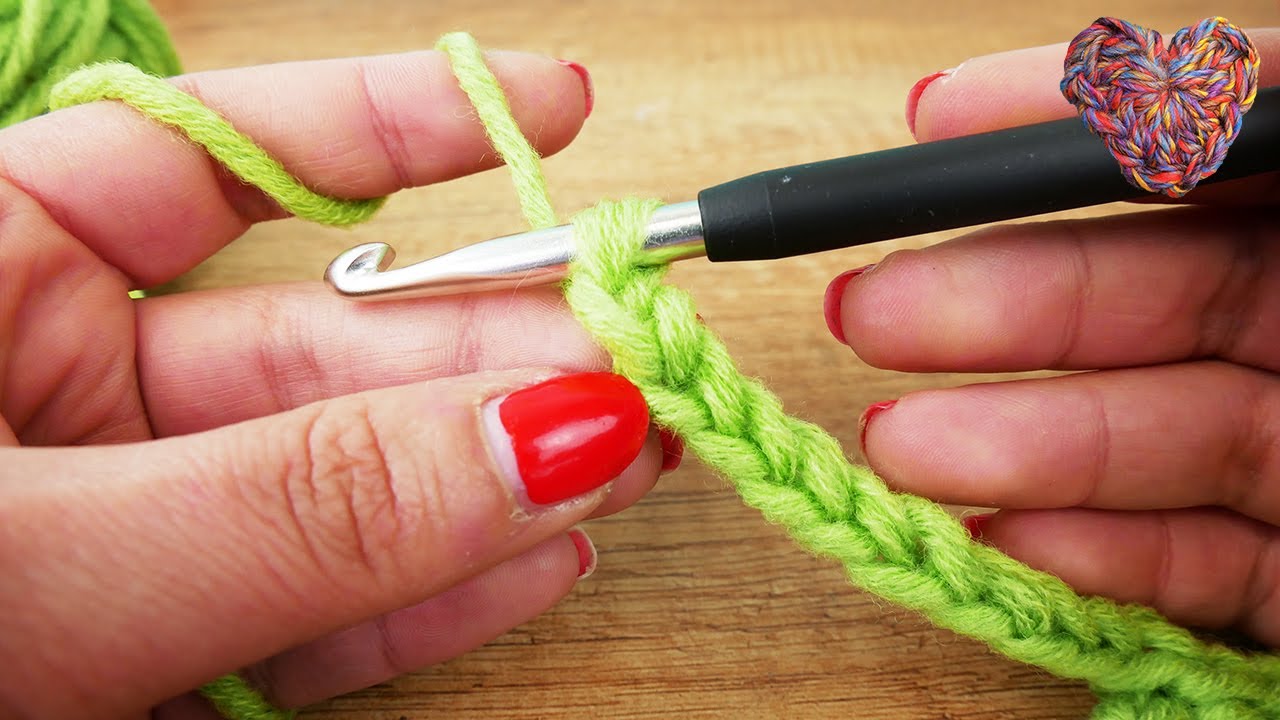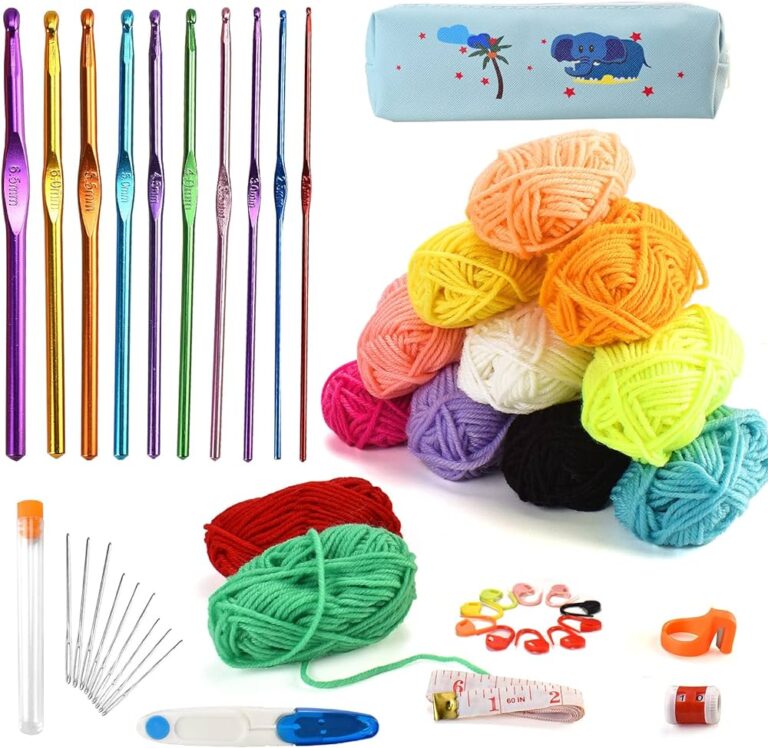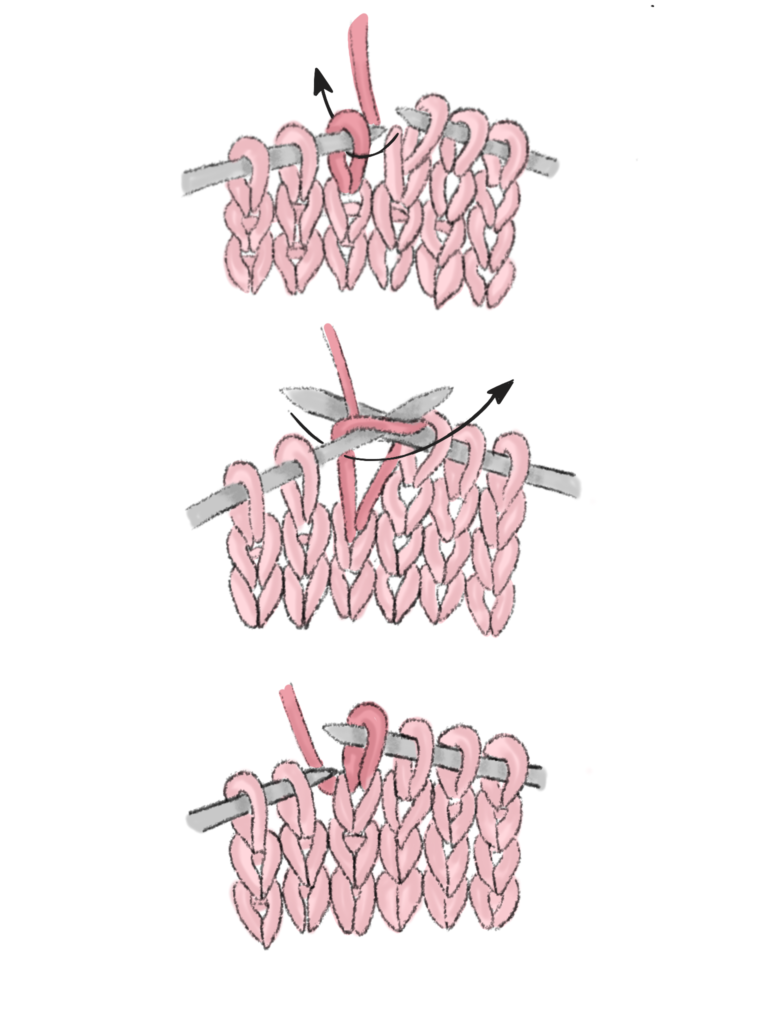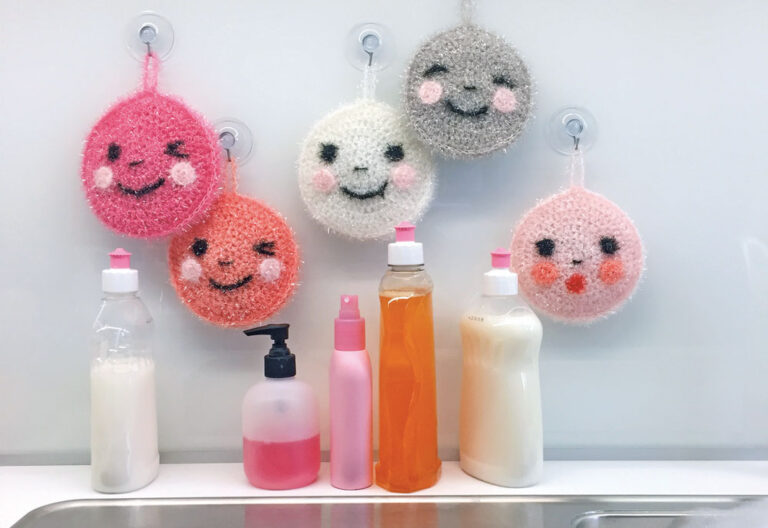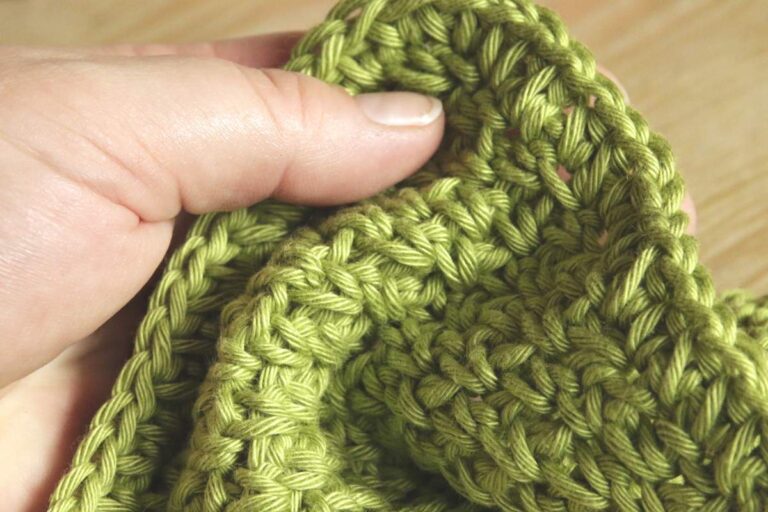Was Sollte Man Als Anfänger Häkeln
If you’re new to the world of crocheting and wondering where to start, “Was Sollte Man Als Anfänger Häkeln” is here to guide you! This article is your go-to resource for all things beginners need to know in order to get started with crochet. From choosing the right materials and basic stitches to helpful tips and tricks, you’ll find everything you need to embark on your crochet journey with confidence. Whether you’re interested in making cozy scarves, adorable amigurumi toys, or stylish home decor items, this article has got you covered. So grab your crochet hook and yarn, and let’s begin this crafty adventure together!
Choosing the Right Yarn and Hook Size
When it comes to crochet, choosing the right yarn and hook size is crucial. The thickness and texture of the yarn will determine the overall outcome of your project. If you’re a beginner, it’s best to start with medium-weight yarn, also known as worsted weight or category 4 yarn. This type of yarn is versatile and easy to work with. Additionally, consider the texture of the yarn – whether it’s smooth, fuzzy, or textured – as this can affect the final appearance and feel of your project.
In determining the hook size, it’s important to match it with your chosen yarn. Most yarn labels will recommend a range of hook sizes suitable for that particular yarn. As a general rule, aim for a hook size that allows you to achieve a balanced tension – not too loose or too tight. If you’re unsure, start with a 4.0mm or 5.0mm hook, as these are commonly used with medium-weight yarn.
To find the perfect yarn and hook combination, don’t be afraid to experiment! Different yarns and hook sizes can create unique textures and effects in your crochet projects. Have fun with it and see what combinations work best for you and your desired outcome.
Learning Basic Stitches
Before diving into complex patterns and projects, it’s important to learn the basic stitches. This foundation will set you up for success and give you the skills you need to tackle more advanced techniques.
Start with the simple chain stitch. This stitch is the building block for many crochet patterns and is easy to master. Practice creating a chain by making a slipknot and pulling the yarn through it, creating a loop. Repeat this process until you’re comfortable with the motion and have created a chain of desired length.
Once you’ve got the hang of the chain stitch, move on to single crochet stitches. This stitch involves inserting the hook into the previous stitch, yarn over, and pull through both loops on the hook. Practice single crochet stitches by creating rows of stitches and focusing on maintaining even tension throughout.
Next, progress to double crochet stitches. This stitch is taller than single crochet, creating a looser and more open fabric. Experiment with double crochet stitches to create different textures and patterns in your work.
In addition to these basic stitches, familiarize yourself with other common stitches such as half double crochet, treble crochet, and slip stitch. The more stitches you learn, the more variety you’ll have in your crochet projects.
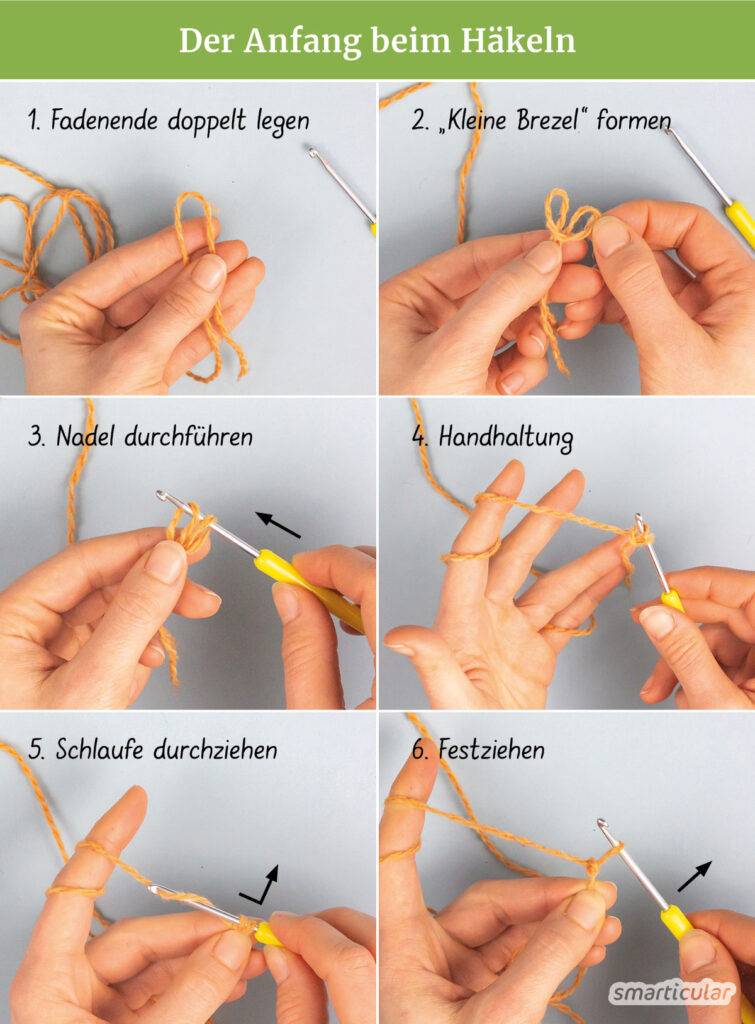
This image is property of www.smarticular.net.
Understanding Crochet Patterns
Crochet patterns provide a roadmap for creating beautiful items, but they can be daunting for beginners. Learning how to read and interpret crochet patterns is an essential skill that will open up a world of possibilities.
Start with beginner-friendly patterns. Look for patterns labeled as “beginner” or “easy” to ensure you’re not overwhelmed with complex techniques. These patterns often have fewer stitches and clearer instructions, making them more accessible for beginners.
As you dive into patterns, familiarize yourself with common abbreviations and symbols used in crochet patterns. This will make the instructions easier to follow and understand. Resources such as online stitch dictionaries or pattern guides can help you decode these abbreviations and symbols.
To read a crochet pattern, start by understanding the structure. Patterns are typically broken down into sections, with each section representing a specific part of the project. Take your time to read through the pattern, ensuring you fully comprehend each step before moving on. If you come across unfamiliar terms or techniques, don’t hesitate to research or seek assistance from the crochet community.
Mastering Tension and Gauge
Maintaining consistent tension is key to achieving a polished and professional-looking project. Tension refers to the tightness or looseness of your stitches and can greatly impact the final size and appearance of your work.
To practice maintaining consistent tension, start by focusing on the pressure you apply to the yarn with your fingers. Keep your tension relaxed yet firm, allowing the yarn to flow smoothly through your fingers as you work. Avoid gripping the yarn too tightly or pulling it too loosely, as this can lead to uneven stitches.
Understanding the importance of gauge is also crucial. Gauge refers to the number of stitches and rows per inch in a crochet project. It is important to match the gauge specified in a pattern to ensure your final item will turn out as intended. To determine your gauge, create a swatch using the specified yarn and hook size in the pattern. Measure the number of stitches and rows in a 4×4 inch square and compare it with the gauge measurement provided. If your gauge doesn’t match, adjust your hook size accordingly.
Making gauge swatches before starting a project can save you time and frustration in the long run. It allows you to familiarize yourself with the yarn, hook, and stitch pattern, enabling you to make necessary adjustments before committing to a larger project.
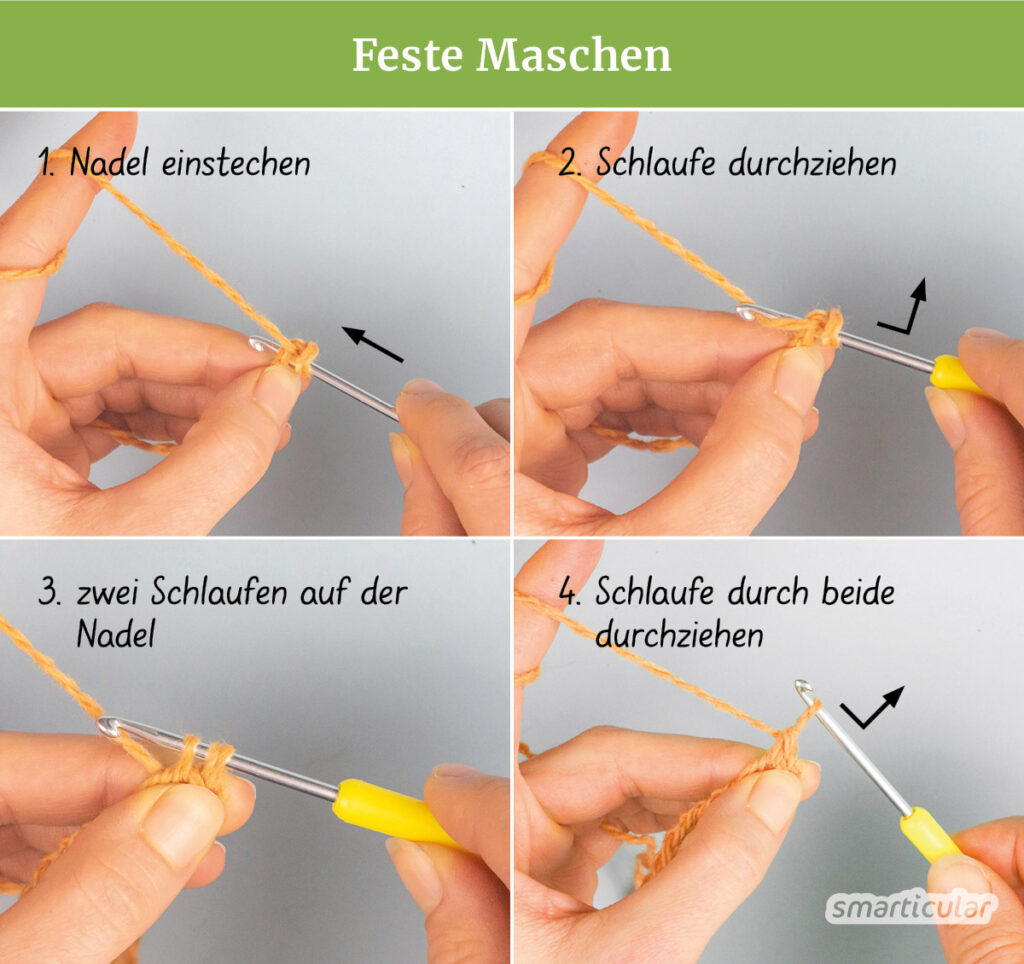
This image is property of www.smarticular.net.
Learning Essential Techniques
In addition to mastering basic stitches, there are several essential techniques that every crocheter should learn. These techniques will elevate the quality and appearance of your projects.
The magic loop technique is essential for starting projects worked in the round, such as hats or amigurumi. It allows you to create a tight and closed center, eliminating the hole that can sometimes form when starting with a chain. By mastering this technique, you’ll achieve a seamless and professional-looking beginning to your projects.
Joining rounds seamlessly is another technique to focus on. When working in continuous rounds, it’s important to join each round without leaving a noticeable seam. There are various methods for joining rounds, such as slip stitch join or invisible join, each providing a different finish. Experiment with different techniques to find the one that works best for your specific project.
Learning how to weave in ends and finish projects neatly is essential for achieving a polished final product. Weaving in ends involves using a yarn needle to thread the loose yarn tails through the stitches of your work, securing them and preventing unraveling. Take the time to weave in ends as you go or save them for the end of your project. This attention to detail will result in a clean and professional-looking finished piece.
Exploring Different Projects
Once you’ve become familiar with basic stitches, techniques, and patterns, it’s time to start exploring different projects. Starting with small and simple projects is a great way to build your confidence and practice your skills.
Scarves and hats are excellent beginner-friendly projects. They often involve simple stitch patterns and can be completed relatively quickly. As you gain confidence, feel free to experiment with different yarn colors, stitches, and embellishments to make your projects unique.
Gradually tackle more complex projects as you gain experience. Expand your repertoire by trying out projects such as blankets, shawls, or even amigurumi. Don’t be afraid to challenge yourself and step out of your comfort zone. The more you explore and experiment, the more you’ll grow as a crocheter.
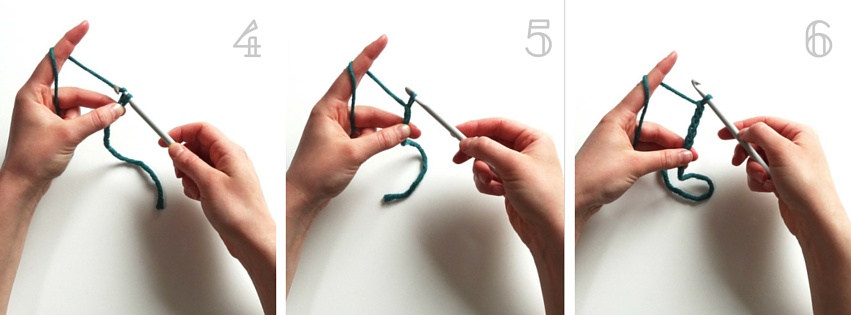
This image is property of lisibloggt.files.wordpress.com.
Joining a Crochet Community
Crocheting doesn’t have to be a solitary hobby. Joining a crochet community can provide valuable support, knowledge, and inspiration. There are numerous online communities dedicated to crochet, where you can connect with fellow crocheters, seek advice, and share your progress.
Look for online forums, social media groups, or even virtual crochet-alongs or workshops. These platforms offer opportunities to learn new techniques, ask questions, and engage in discussions about all things crochet. Embrace the community spirit and learn from experienced crocheters who have already walked the path you’re on.
Avoiding Common Mistakes
As with any craft, mistakes are bound to happen. However, by being aware of common mistakes, you can minimize frustration and save yourself time and effort.
Pay attention to stitch counts. Missing or adding stitches can throw off the entire pattern and affect the overall appearance of your project. Count your stitches regularly, especially at the end of each row or round, to ensure accuracy.
Consistent tension is also important in preventing mistakes. If you notice your tension becoming too tight or loose, adjust accordingly before continuing with your project. Crocheting with an even tension will result in more polished and uniform stitches.
When you do come across a mistake, try to fix it as soon as you notice it. Whether it’s unraveling a few stitches or simply adjusting a stitch that was worked incorrectly, addressing mistakes promptly will save you from having to fix a larger portion of your project later on.
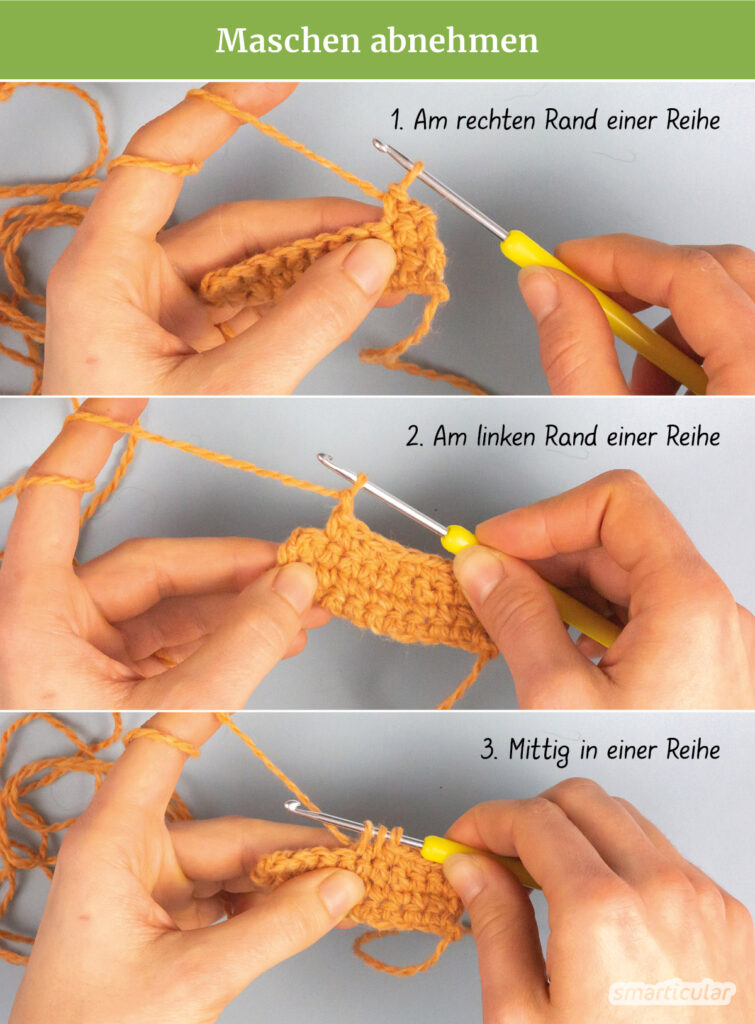
This image is property of www.smarticular.net.
Taking Care of Your Crochet Projects
Once you’ve put time and effort into creating a beautiful crochet project, it’s important to take care of it properly. Follow the care instructions provided for the yarn you used, as different types of yarn may require different care methods.
Proper storage is also crucial in preventing damage to your finished projects. Avoid folding or creasing delicate items, and consider storing them in a breathable fabric or plastic storage bag to protect them from dust and pests.
Cleaning and blocking your projects can give them a polished and finished look. Follow the recommended cleaning instructions for your yarn, whether it’s hand-washing or machine-washing. Blocking involves reshaping your project by wetting or steaming it, then allowing it to dry in the desired shape. Blocking can help even out stitches, improve drape, and enhance the overall appearance of your crochet work.
Staying Patient and Persistent
Learning to crochet is a journey that requires patience and persistence. It’s important to accept that mistakes and challenges are part of the learning process. Don’t get discouraged when things don’t turn out perfectly – every stitch you make is an opportunity to learn and grow.
To improve your skills, practice regularly. Set aside dedicated time for crochet, even if it’s just a few minutes each day. Consistency is key in becoming more comfortable and proficient in crochet techniques.
Celebrate your progress along the way. Each completed project, no matter how simple or complex, is an accomplishment. Take pride in your creations and enjoy the journey of becoming a skilled crocheter. Remember, the joy is not just in the finished product but in the process of creating something beautiful with your own hands.
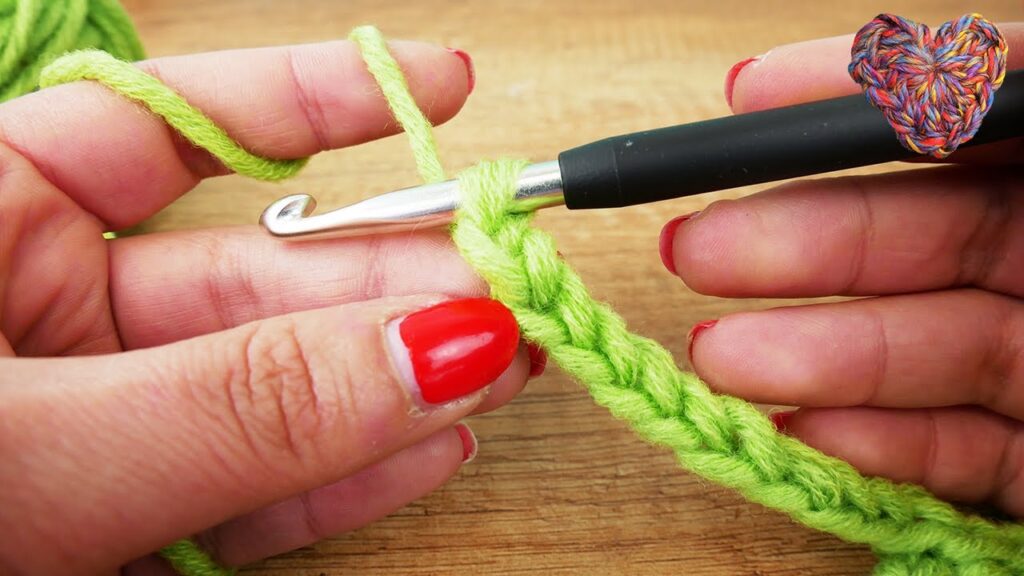
This image is property of i.ytimg.com.
